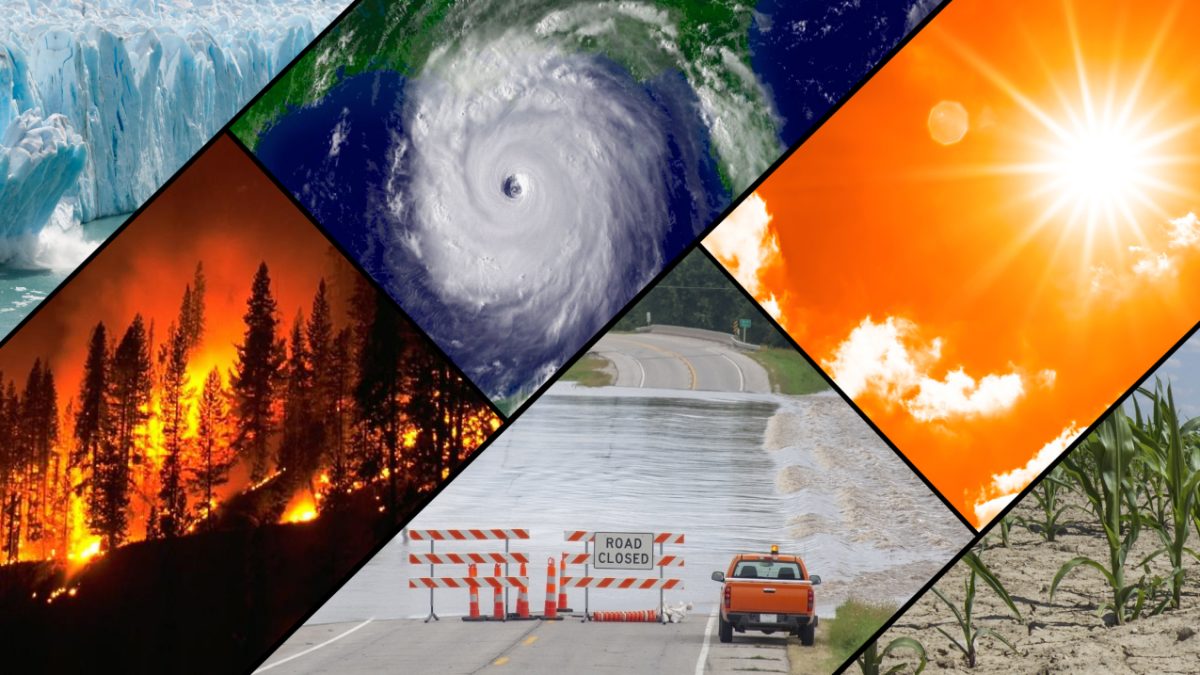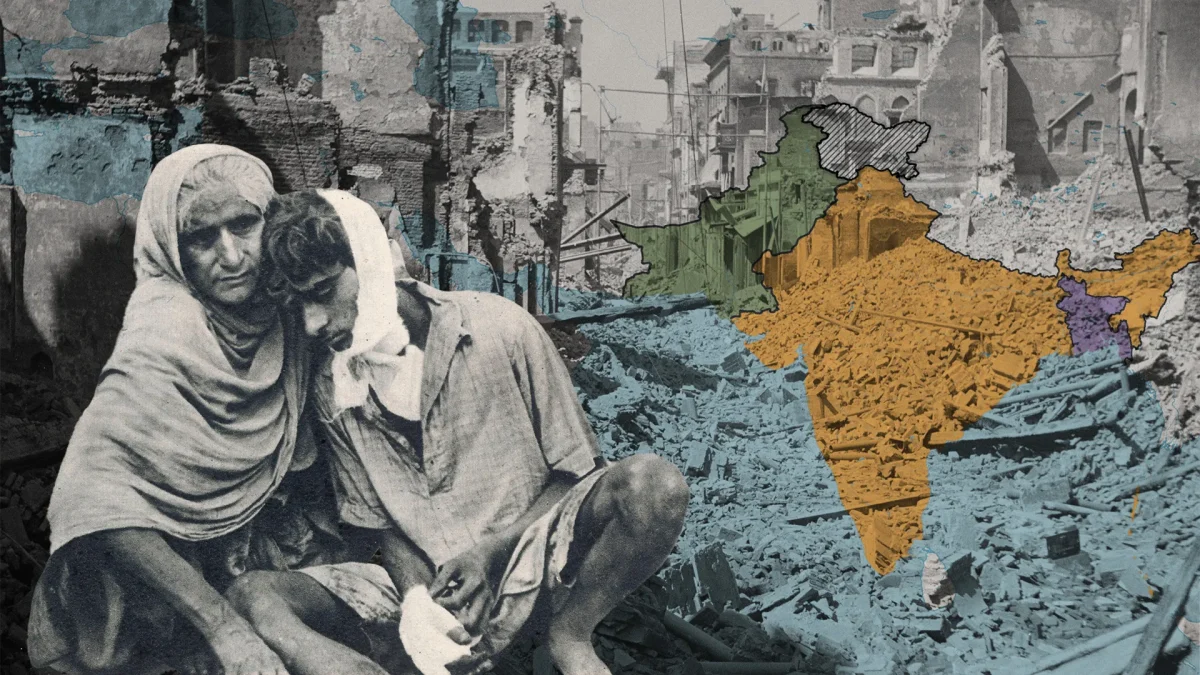On March 28th, 2025, at approximately 12:50 PM local time, a massive 7.7 magnitude earthquake struck central Myanmar, sending shockwaves across 6 regions and states within Southeast Asia and devastating the countries of Myanmar and Thailand. The epicenter of the earthquake was in Mandalay, but tremors were present as far away as Bangkok, killing and injuring thousands and leaving over 17.2 million in urgent need of humanitarian assistance.
This earthquake had the most destructive impact in Myanmar. Six regions, including Mandalay, Sagaing, and Magway, took blows, with the government reporting over 3,645 dead, 5,000 injured, and 148 missing individuals. The seismic activity also reduced almost 50,000 homes and 2,000 government buildings to rubble. In the rural Sagaing province, local infrastructure was already strained by years of economic strife. These effects were only worsened by the earthquake’s obliteration of entire communities and triggering of landslides that damaged important infrastructure and roads. This has made rescue operations exceedingly difficult. The 17+ million in need of humanitarian assistance require shelter, clean water, food, and medical care. Power outages, limited communication, and a lack of clean drinking water have exacerbated the situation in tandem with soaring temperatures and incoming seasonal rains. Rescue efforts thus far have involved nearly 1,740 personnel from 20 countries and have removed 653 survivors from the wreckage. This international assistance, however, is unfortunately being slowed down due to Myanmar’s current military junta, which controls access to disaster zones. The junta has strict policies and restrictions requiring foreign individuals and organizations to obtain permits before delivering aid, which is alarming due to its delay of life-saving support measures.
Even though the epicenter of this earthquake lay in Myanmar, its effects were felt significantly in Thailand. Bangkok experienced intense tremors, causing a notable high-rise building to collapse, which killed 23 people and injured dozens more. Bangkok’s Skytrain and subway systems were shut down by authorities for inspection, and numerous schools and office buildings were evacuated amidst the aftershocks of the quake. There was also minor damage to roads and electricity in Northern Thailand, in cities like Chiang Mai and Mae Sot. Unsurprisingly, hospitals in this region saw an influx of injured evacuees from Thailand and Myanmar.
The UN and other aid organizations are aiming to swiftly access and aid the most affected regions in Myanmar. However, the ongoing civil conflict between the country’s military and various resistance groups has complicated many rescue and relief operations in devastated regions. As the death toll continues to rise and survivor conditions deteriorate, pressure is being put on Myanmar’s authorities to ensure the effective delivery of aid to those who need it.
This earthquake has proved to be one of the most deadly natural disasters in the history of the region. It is impossible (as of now) to get a full scope of the destruction, as the junta in Myanmar may not have the most accurate and efficient methods of disseminating important information about the status of this event. Efforts to aid citizens will require more than rebuilding infrastructure and supplying meals: it will have to address and rework deep political and logistical barriers between Myanmar and the outside world.












